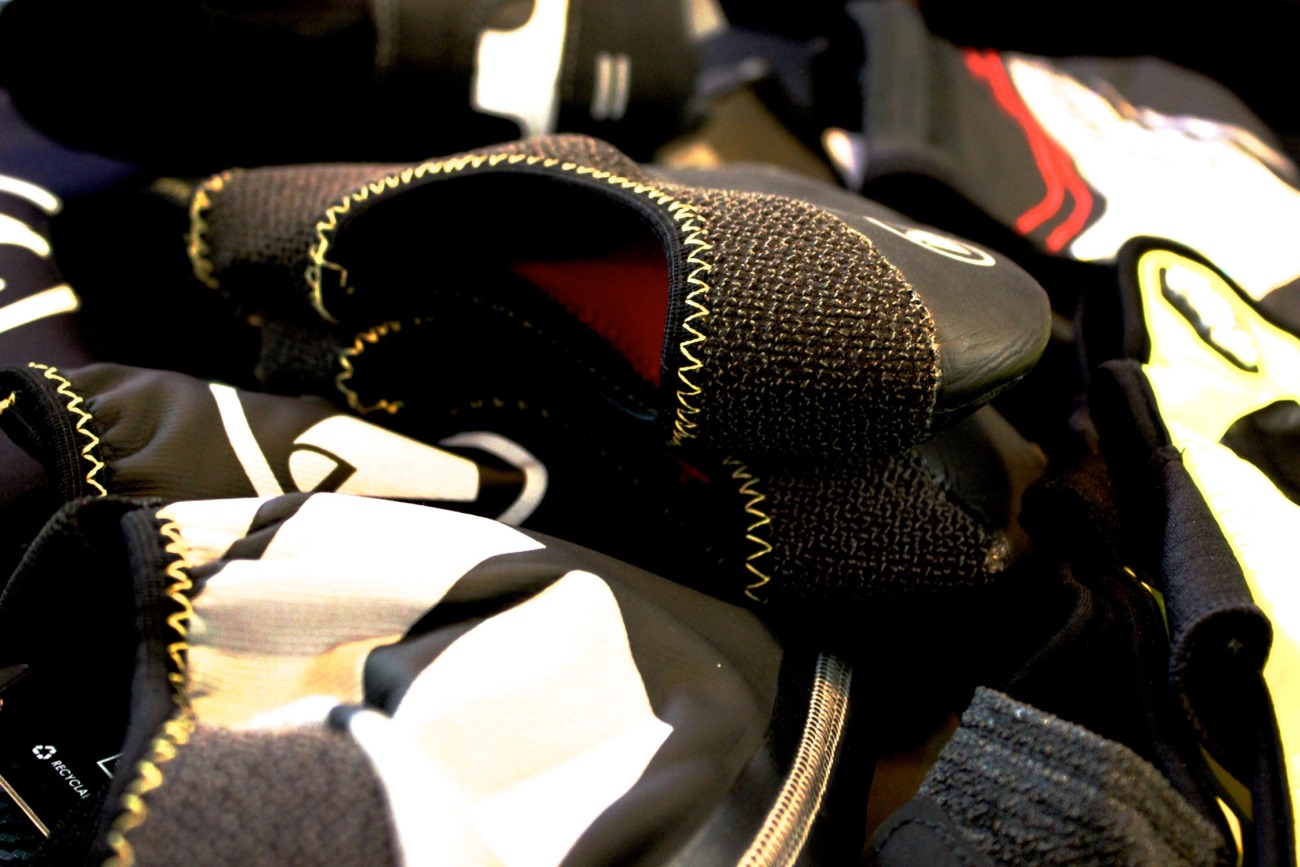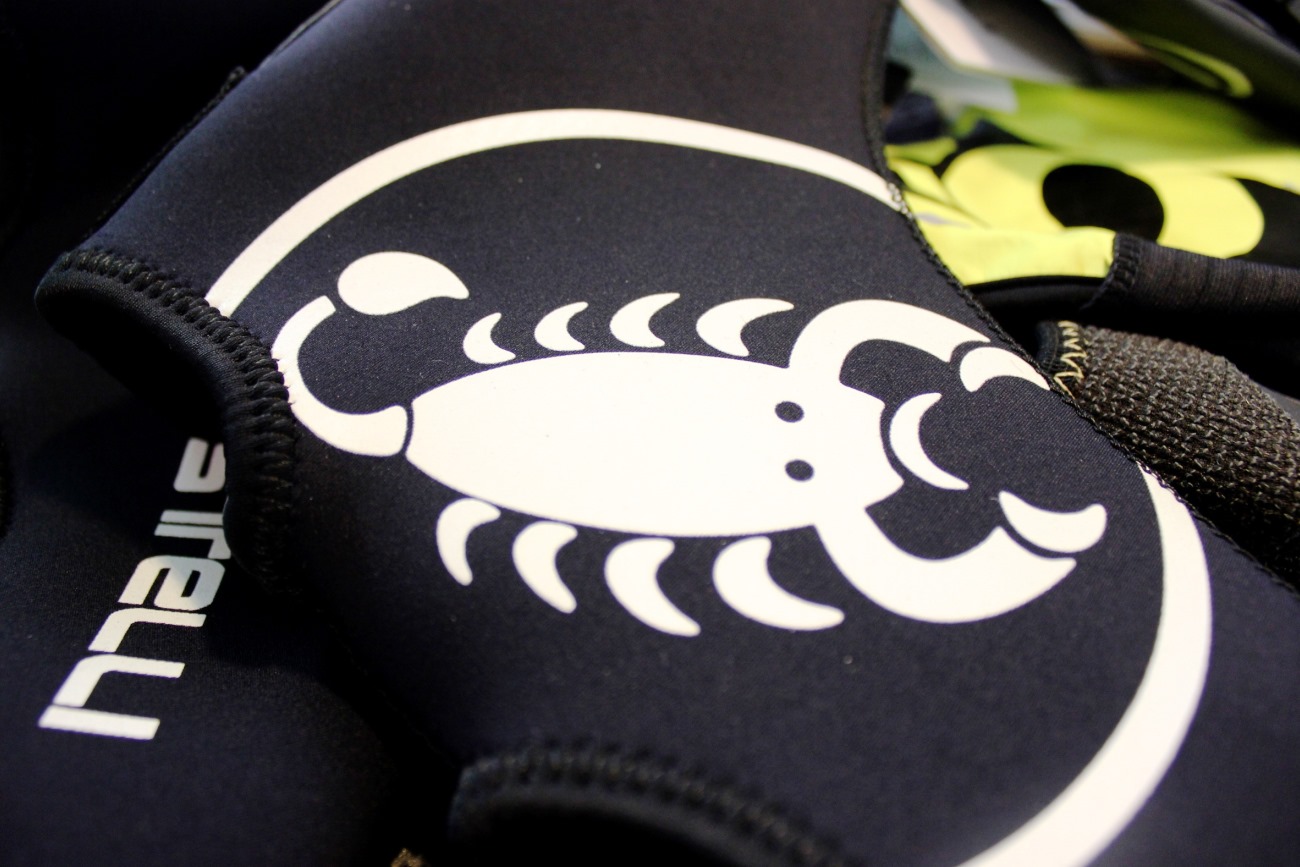Fastenings
-

Overshoes are an essential at this time of year if you wish to ride in warmth and comfort
-

Neoprene is seemingly made for the purpose of keeping cyclists’ feet warm and dry
-

A PU coating, like that seen on Pearl Izumi's Pro Barrier WXB overshoe, offers protection from the rain with a lighter 'feel' than neoprene
-

Soft fabrics, like Gore's Windstopper, are insulating, and, if treated, can provide some water resistance
-

Overshoe zips are often highly stressed, but a sympathetic approach can prevent damage
-

Winter boots have found greater acceptance with mountain bikers, but the UK-based roadie might consider them an alternative to routinely replacing overshoes
Fastenings
The overshoe is perhaps the item of clothing most susceptible to damage, even in normal use.
The harsh reality is that it is likely to be a ‘consumable’ item, in the manner of brake pads, rather than one you can return to season after season. A sympathetic approach, however, can do much to prolong the life of any overshoe.
Pulling the fabric slowly and carefully over the toe and easing the cleat hole over the cleat can do much to prevent unnecessary damage.
Three types of fastening exist, to our knowledge, and none is without its failings. Many have a zip fastening at the back of the shoe which can split without a moment’s warning if it isn’t treated with sufficient care. The zip will be under greatest stress at the ‘bottom’, during its journey over the shoe’s heel cup. Holding together the runners at the top, and pulling the fabric taught, will ease the zip’s progress.
Velcro is another popular fastening method for overshoes, avoiding the often terminal failing of a split zip and offering a much wider opening for the shoe. Drawbacks? “There can be three or four layers of fabric, so the Velcro fastening can be a bit bulky,” says Ritchie. “Also the ‘hook’ part of the ‘hook and eye’ mechanism can snag your expensive tights if you’re not careful.” Care, again, is the watchword.
Our third type might be considered a ‘trick question’.
Endura’s Superstretch neoprene overshoe is our ‘go to’ item: the one we chose above all others. Why? It has no fastenings, zips or Velcro. The fabric, a double-lined neoprene, has sufficient ‘give’ to pull over the shoe with no wider opening than the cuff. The same is true of the previously discussed ‘oversock’.





